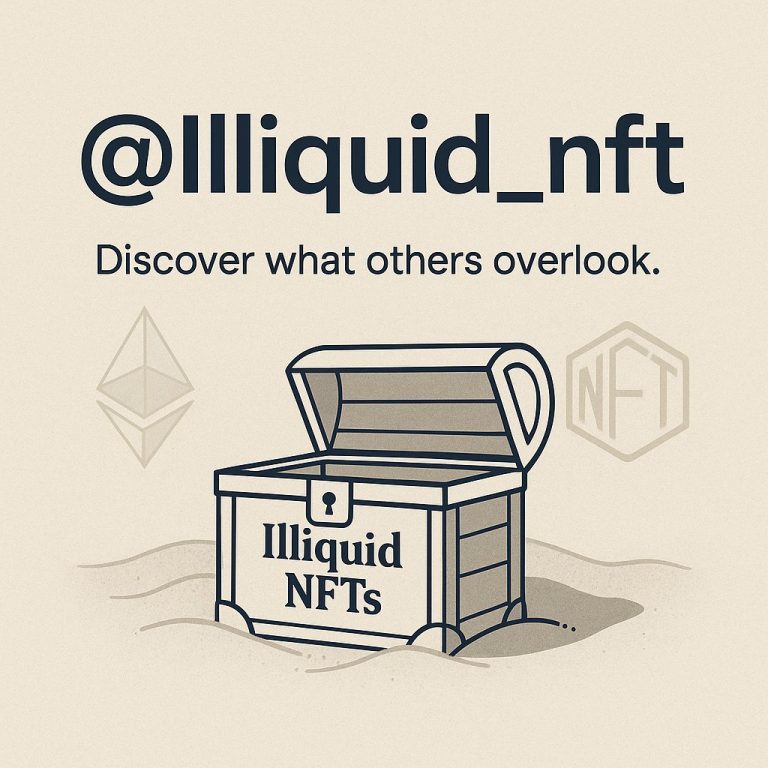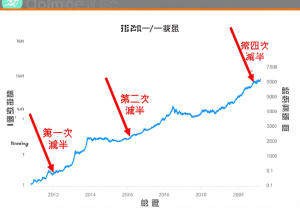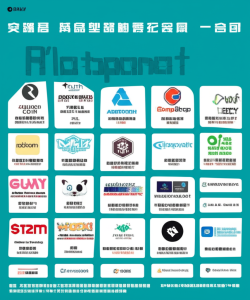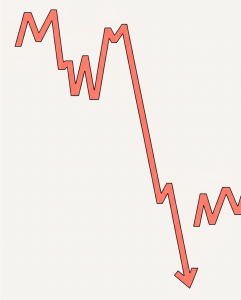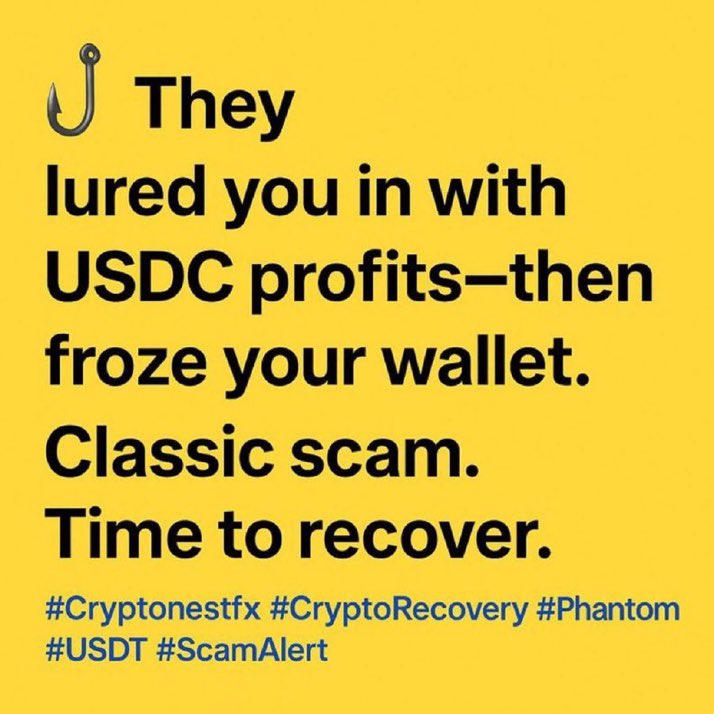
Unpacking the Rising Issue of Crypto Scams: Focus on Cryptexar and Dfxassets and the Role of Blockchain Forensics
In recent years, the explosive growth of cryptocurrencies and blockchain-based assets has brought unparalleled opportunities for investment and innovation. However, this surge has also opened gateways for malicious schemes targeting unsuspecting investors. Among the frequently mentioned names in recent scam alerts are Cryptexar and Dfxassets. Tweets from recognized crypto recovery experts like David Burrows and Michael Bron highlight not only the increasing prevalence of scams linked to these platforms but also herald the advent of advanced blockchain forensic tools to combat such fraud. This report dives deep into the nature of these scams, the technology that enables recovery efforts, broader implications for crypto investors, and the future outlook of digital asset security.
—
The Anatomy of Recent Crypto Scams: Cryptexar and Dfxassets
Cryptexar and Dfxassets have become notorious names within certain circles of the crypto community for fraudulent schemes that have led to substantial financial losses. These scams are often structured around promises of high returns from trading platforms, asset management services, or NFT projects that operate on blockchains like Solana. Victims are lured through social media campaigns, fake endorsements, or misleading NFT launches — as hashtags and tweet samples suggest (#Cryptexar, #Dfxassets, #ScamAlert, #NFT, #Solana).
Key Tactics Used:
– Promising Exponential Gains: By advertising attractive yields or exclusive NFT drops, scammers entice investors to commit funds.
– Leveraging Trust in Blockchain: The allure of decentralized, trustless systems ironically is exploited because transactions are generally irreversible once recorded on-chain.
– Complex Asset Structures: Use of multi-chain or fractionalized NFTs spreads investor confusion and complicates efforts toward tracking or reclaiming funds.
The emotional and financial toll is considerable. Many investors find themselves locked into worthless tokens or see their invested crypto sent to untraceable addresses.
—
Harnessing Advanced Blockchain Analysis for Crypto Recovery
Despite the challenges, the immutable nature of blockchains presents a paradoxical advantage: every transaction leaves an indelible digital footprint. Experts like David Burrows and Michael Bron are spearheading initiatives that utilize this ledger transparency through forensic blockchain analysis to recover stolen assets. Their tweets emphasize a proactive approach (#CryptoRecovery, #BlockchainHelp, #DigitalJustice) that blends technology with legal and investigative strategies.
Tools and Techniques Employed Include:
– Transaction Pattern Analysis: By studying the flow of funds, experts can identify clusters of suspicious addresses or interaction points between scammers and exchanges.
– Smart Contract Audits: Reviewing code can uncover repository vulnerabilities or fraudulent mechanics embedded in scam NFT or DeFi projects.
– Cross-chain Tracking: Since assets often move between different blockchains, sophisticated monitoring tools are required to follow money trails across ecosystems like Solana, Ethereum, and others.
– Collaboration with Exchanges and Regulators: Coordinated efforts can freeze assets or facilitate legal actions for restitution.
This multi-faceted approach has led to successful retrievals of crypto assets in several cases, providing hope and recourse for scam victims.
—
Broader Context: Trends and Impacts on the Crypto Landscape
The rise of these scams and subsequent recoveries are not isolated phenomena but rather glimpses into broader trends shaping the digital asset universe.
The NFT and Solana Ecosystem
Many scam alerts reference NFTs and Solana, illustrating vulnerabilities in these rapidly evolving sectors. NFTs, by design, are unique digital collectibles, but their hype has unfortunately attracted sophisticated fraud. Solana, a blockchain known for scalability and low fees, has become a breeding ground for both innovation and opportunism.
Increasing Sophistication of Scammers
As blockchain tools and understanding grow, so do the tactics deployed by fraudsters. Multi-layered scams involving token swaps, fake partnerships, pump-and-dump schemes, and phony airdrops are common. This arms race demands equally innovative defense mechanisms.
The Role of Social Media and Community Vigilance
Social media remains a double-edged sword: a vector for spreading scam campaigns but also a critical channel for rapid alerts and sharing of recovery resources. Experts use Twitter hashtags (#ScamAlert, #CryptoRecovery) for immediate outreach and to build communities of vigilance.
—
Emerging Technologies: AI and Web3 Integration in Crypto Security
The crypto world is witnessing exciting intersections between artificial intelligence and blockchain, presenting new hope in combating fraud. One example is the empowerment of Web3 applications with AI tools like Chain_GPT’s $CGPT token, which offer smart contract audits and real-time crypto analysis through APIs. Such innovations could revolutionize how blockchain security and scam detection evolve.
Potential Benefits:
– Faster identification of suspicious activities beyond human capacity
– Automated auditing of smart contracts before user involvement
– Enhanced transparency for decentralized ecosystems
—
Concluding Reflections: Toward a Safer Crypto Future
The battle between crypto scams and recovery efforts embodies the broader struggle of harmonizing innovation with security in the fast-paced digital economy. While platforms like Cryptexar and Dfxassets have shown the vulnerabilities that exist today, the growing expertise in blockchain forensics, community awareness, and AI integration represent powerful counters.
Investors are urged to maintain skepticism toward too-good-to-be-true offers, utilize available tools for due diligence, and engage with trusted experts when suspecting fraudulent activities. The confluence of transparent blockchain data and modern analytical technologies offers a beacon of hope, enabling victims to not only seek justice but also enabling the crypto space to mature into a more robust, trustworthy frontier.
—
References
– Twitter posts by David Burrows and Michael Bron on Crypto Recovery efforts.
– Information on Solana blockchain and NFT ecosystems.
– Chain_GPT technology for AI-powered Web3 applications.
—
Authentic and Related Source URLs
– David Burrows Crypto Recovery Tweets
– Michael Bron Crypto Scam Alerts
– Solana Blockchain Overview
– Chain_GPT Official Website
– NFT Marketplaces and Security
—
This analysis reveals the intertwined dynamics of scam proliferation and technological defense in cryptocurrency, emphasizing continuous vigilance and innovation as critical levers in nurturing trust in digital finance’s future.
—
Protect your crypto from scams like #Cryptexar and #Dfxassets with expert blockchain recovery—Reach out now for your digital justice.

